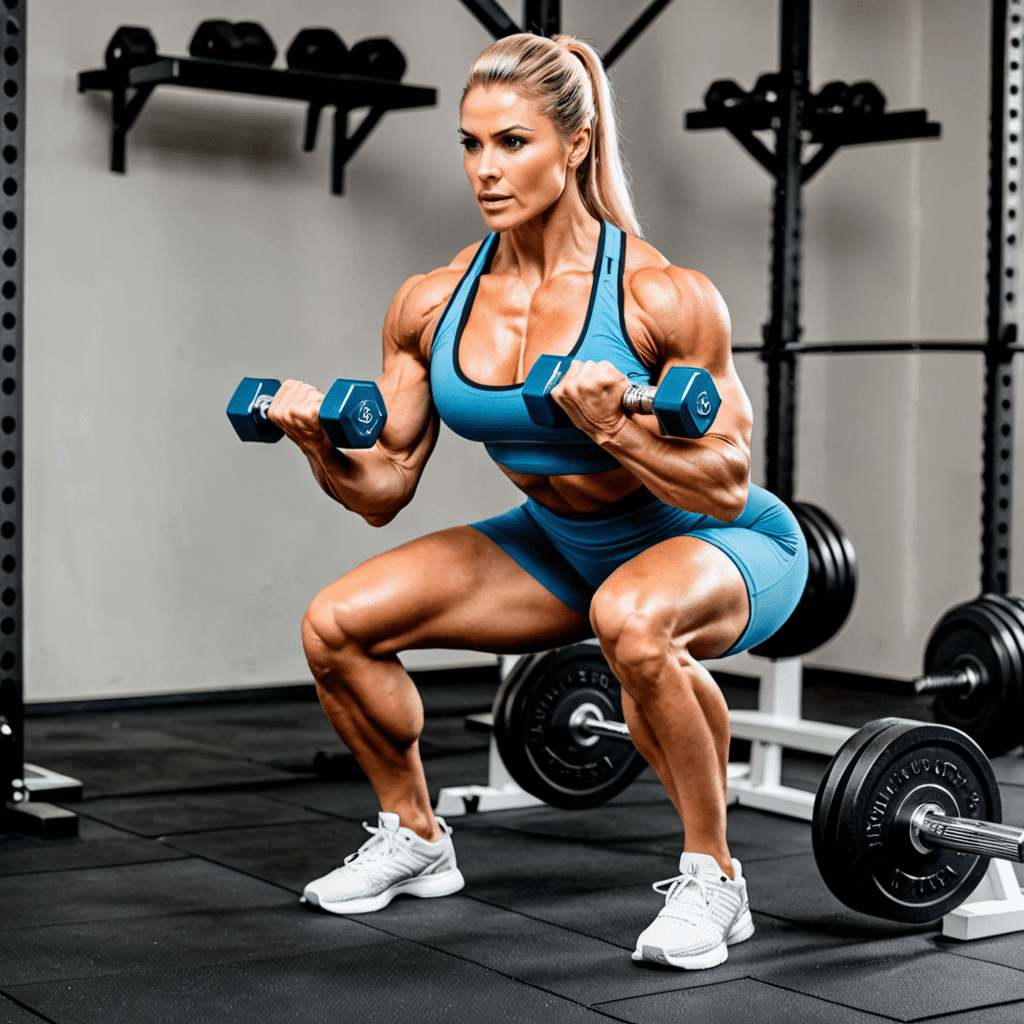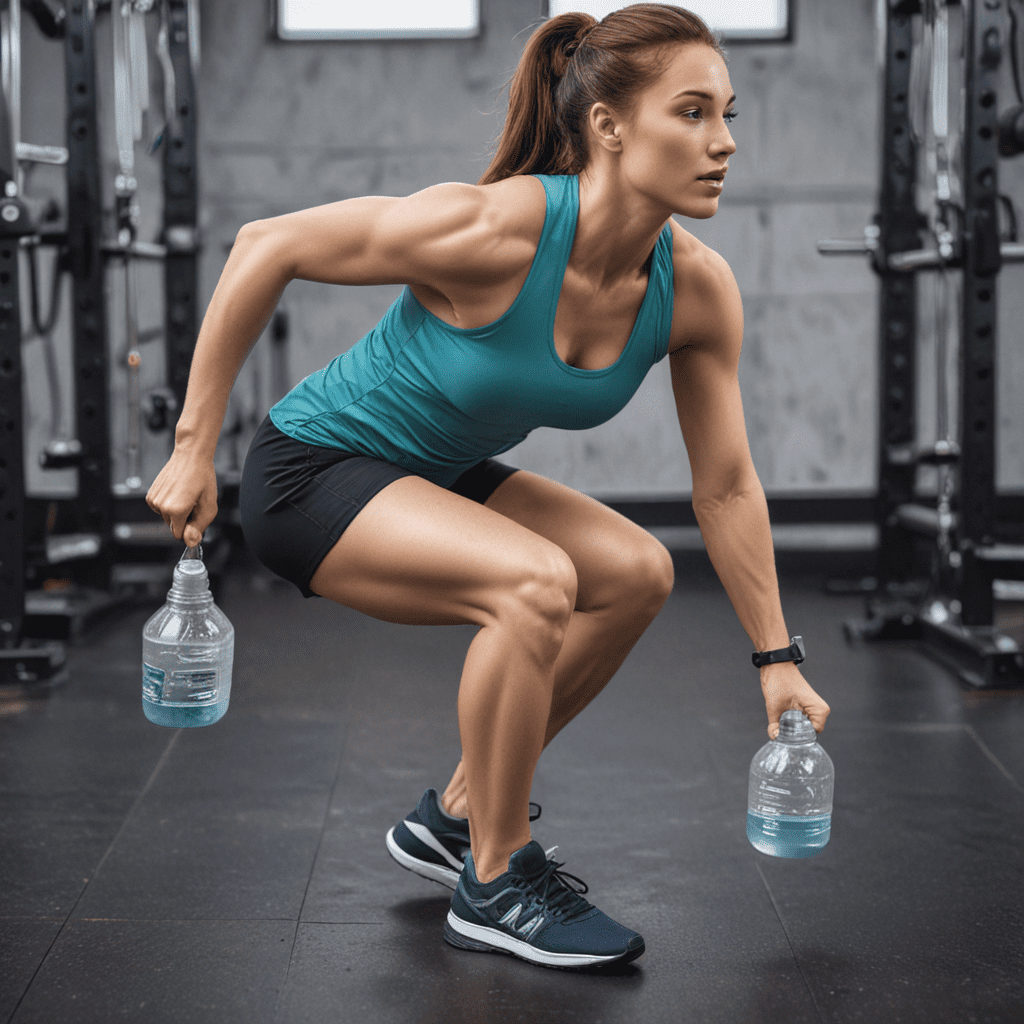
Sculpt Your Lower Body: Mastering the Dumbbell Squat Technique
Why Squats Are Essential for Lower Body Strength
Squats are one of the most effective exercises for building lower body strength. They target the muscles in your legs, glutes, and core, making them a great addition to any fitness routine.
Choosing the Right Dumbbell
Before you start squatting with a dumbbell, it’s important to choose the right weight. Start with a dumbbell that feels challenging but still allows you to maintain proper form throughout the exercise.
Proper Form for Squatting with a Dumbbell
Follow these steps to ensure proper form when performing a dumbbell squat:
- Stand with your feet shoulder-width apart, holding the dumbbell with both hands in front of your chest.
- Engage your core and keep your chest lifted throughout the exercise.
- Lower your body down as if you’re sitting back into a chair, keeping your weight in your heels.
- Go as low as you can while maintaining proper form, ideally until your thighs are parallel to the ground.
- Push through your heels to return to the starting position.
Common Mistakes to Avoid
When squatting with a dumbbell, it’s important to avoid these common mistakes:
- Allowing your knees to cave inward
- Leaning too far forward
- Not going low enough
- Using a weight that is too heavy, compromising form
Frequently Asked Questions
Q: How many dumbbell squats should I do?
A: It is recommended to start with 3 sets of 10-12 repetitions and gradually increase as you become more comfortable and stronger.
Q: Can dumbbell squats help me lose weight?
A: Yes, incorporating dumbbell squats into your workout routine can help with weight loss. They are a compound exercise that targets multiple muscle groups, resulting in increased calorie burn.
Q: Can I do dumbbell squats if I have knee pain?
A: If you have knee pain or any other medical condition, it is important to consult with a healthcare professional before attempting any new exercise. They can provide personalized guidance and modifications if necessary.


